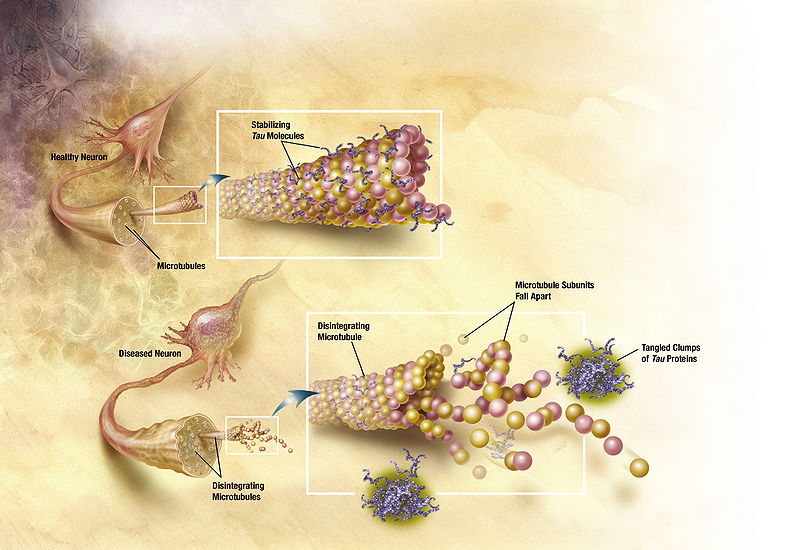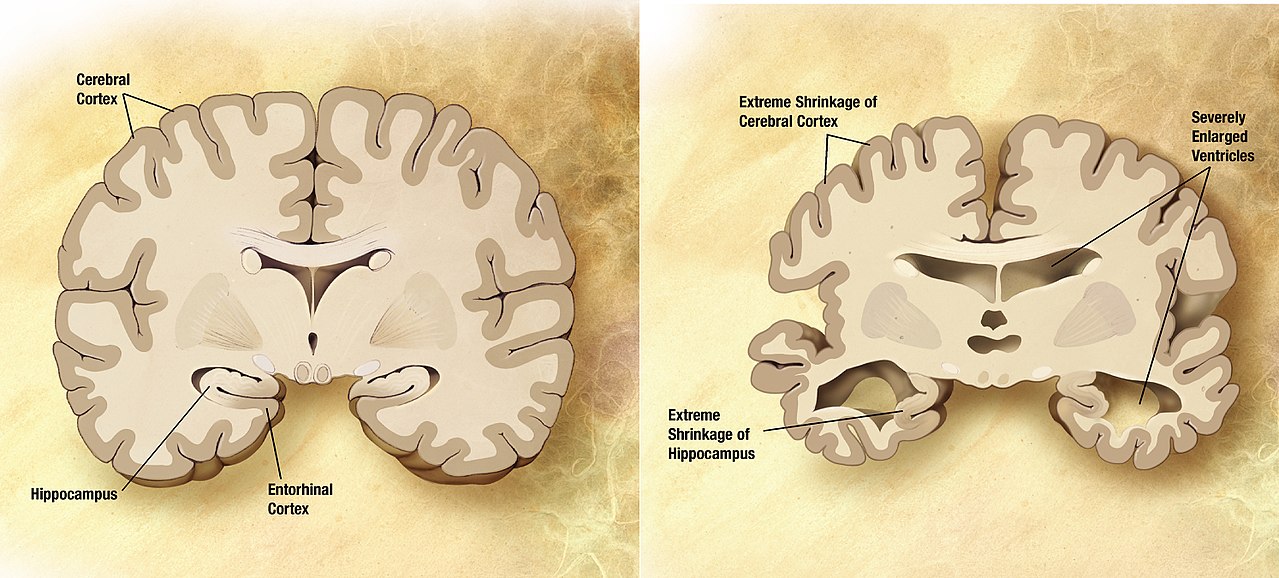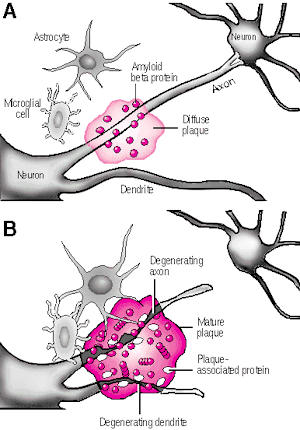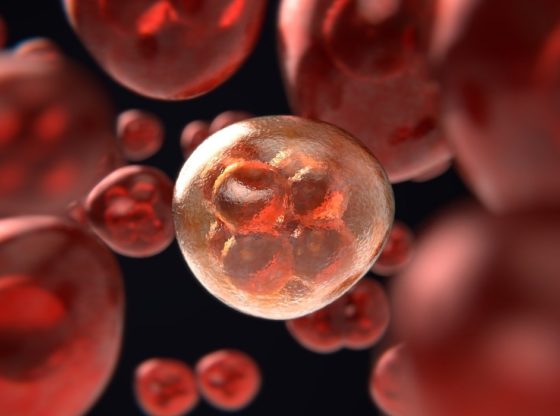
This week a team Swedish researchers presented a possible breakthrough in the research on Alzheimer’s disease with a possible vaccine within sight.
Alzheimer’s Disease

Alzheimer’s disease is an irreversible and progressive brain disease that slowly break down memory, the ability to think and focus. It eventually hinders the ability to even carry out simple tasks. It is the most common cause of dementia among older people.
As dementia is defined by the loss of cognitive functioning, including thinking, remembering, reasoning and behavioral abilities, to the extent that it interferes with daily life and activities.
The disease was first described and named after the German psychiatrist and neuropathologist Alois Alzheimer in 1906. The advancing disease includes symptoms such as confusion, irritability, aggression, mood swings, trouble with language, and long-term memory loss. In its advanced stages bodily functions are lost, ultimately leading to death.
The actual cause of Alzheimer’s Disease continues to escape medical researchers, however, the degeneration by the “plaque” buildup in the brain over time that is associated with the disease is well documented, as it “tangles” the brain with the onset of chronic and debilitating illness.

The Research
Within the nerve cells outer membrane there is a protein called APP (Amyloid Precursor Protein). This protein is normally broken down, but when a person is afflicted by Alzheimer’s this does not happen. Instead of breaking down this substance, another harmful substance is formed, called beta-amyloid, which clumps together as plaque and destroys brain cells.
In this new study done at the University Sahlgrenska in Gothenburg, Sweden, a new form of medicine was tested. The tests were performed on human subjects during a period of 3 years. Those who underwent the treatment, 8 out of 10 created antibodies against beta-amyloid. This was achieved without any serious side effects. Contrary to previous research with the same approach.
The medicine “CAD 106” developed by the team will possibly be used as a vaccine in the future. It is now in phase two out of three levels of the clinical testing procedure. This implies further testing and further research must be done before a drug can be available on the market. But a vaccine could be available within 5 years, according to one of the researchers, Kaj Blennow at Sahlgrenska.
______________________________
http://www.thelancet.com/journals/laneur/article/PIIS1474-4422%2812%2970140-0/abstract
_______________











![OpenAI. (2025). ChatGPT [Large language model]. https://chatgpt.com](https://www.illustratedcuriosity.com/files/media/55136/b1b0b614-5b72-486c-901d-ff244549d67a-350x260.webp)
![OpenAI. (2025). ChatGPT [Large language model]. https://chatgpt.com](https://www.illustratedcuriosity.com/files/media/55124/79bc18fa-f616-4951-856f-cc724ad5d497-350x260.webp)
![OpenAI. (2025). ChatGPT [Large language model]. https://chatgpt.com](https://www.illustratedcuriosity.com/files/media/55099/2638a982-b4de-4913-8a1c-1479df352bf3-350x260.webp)








